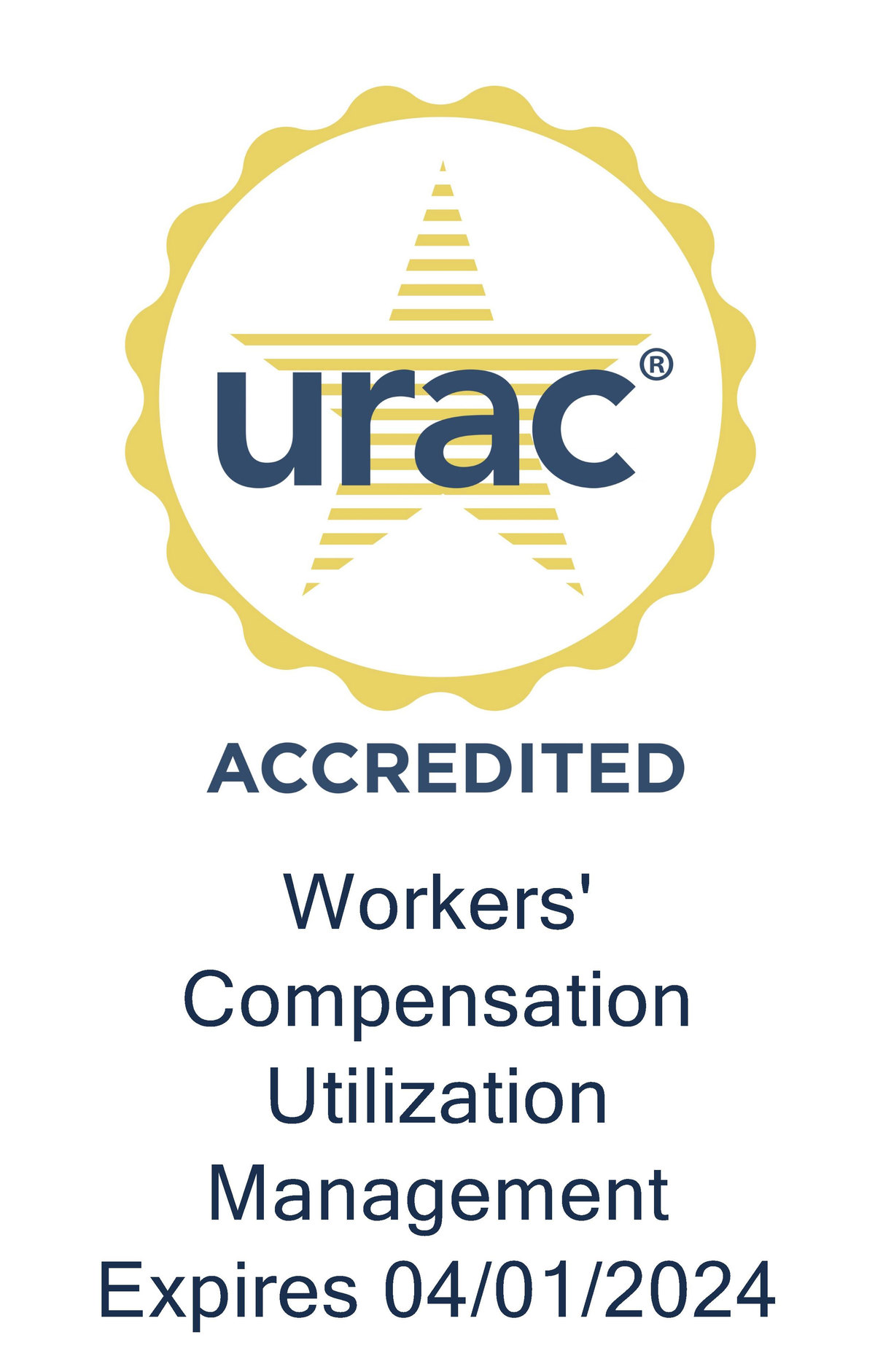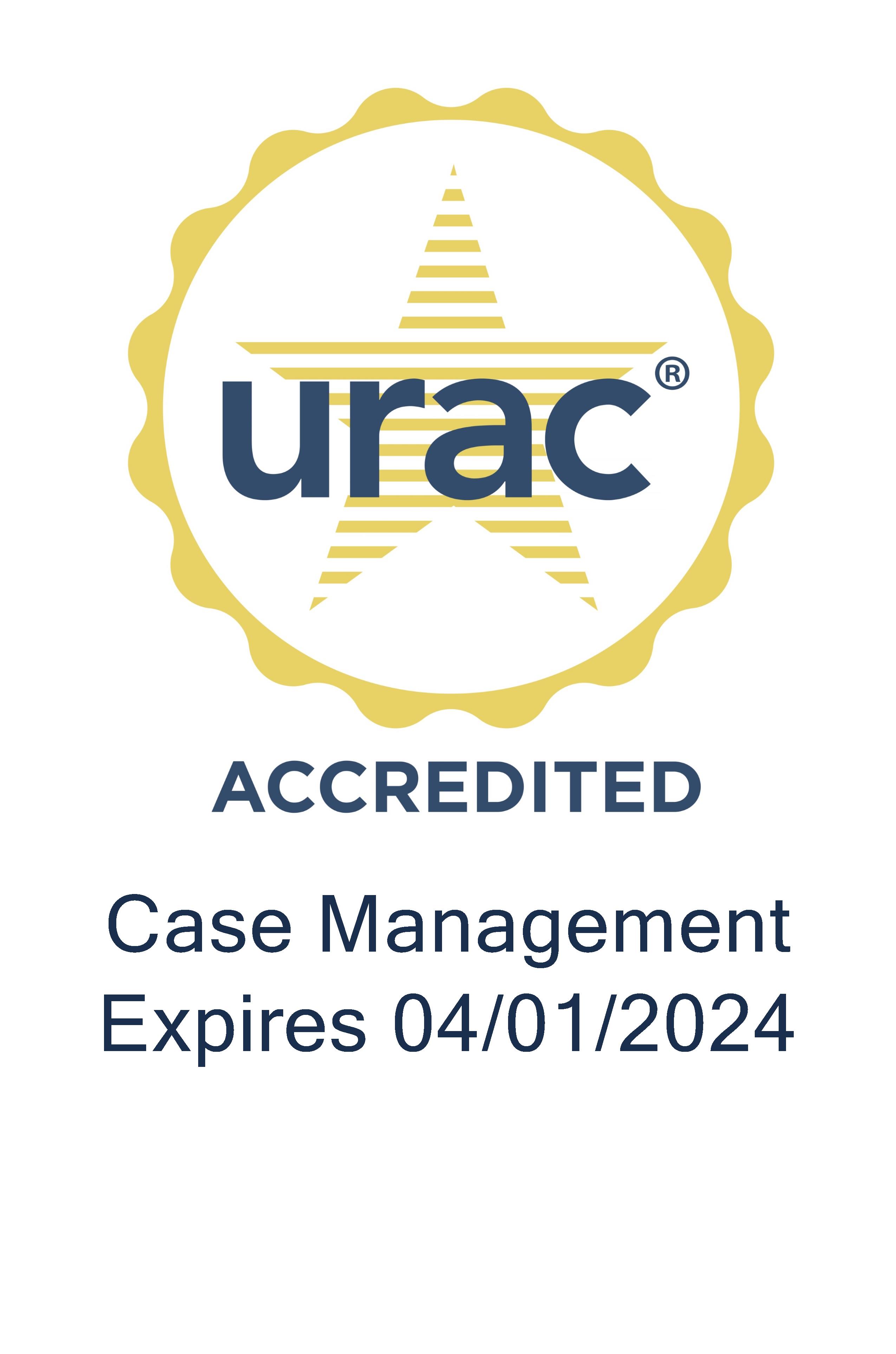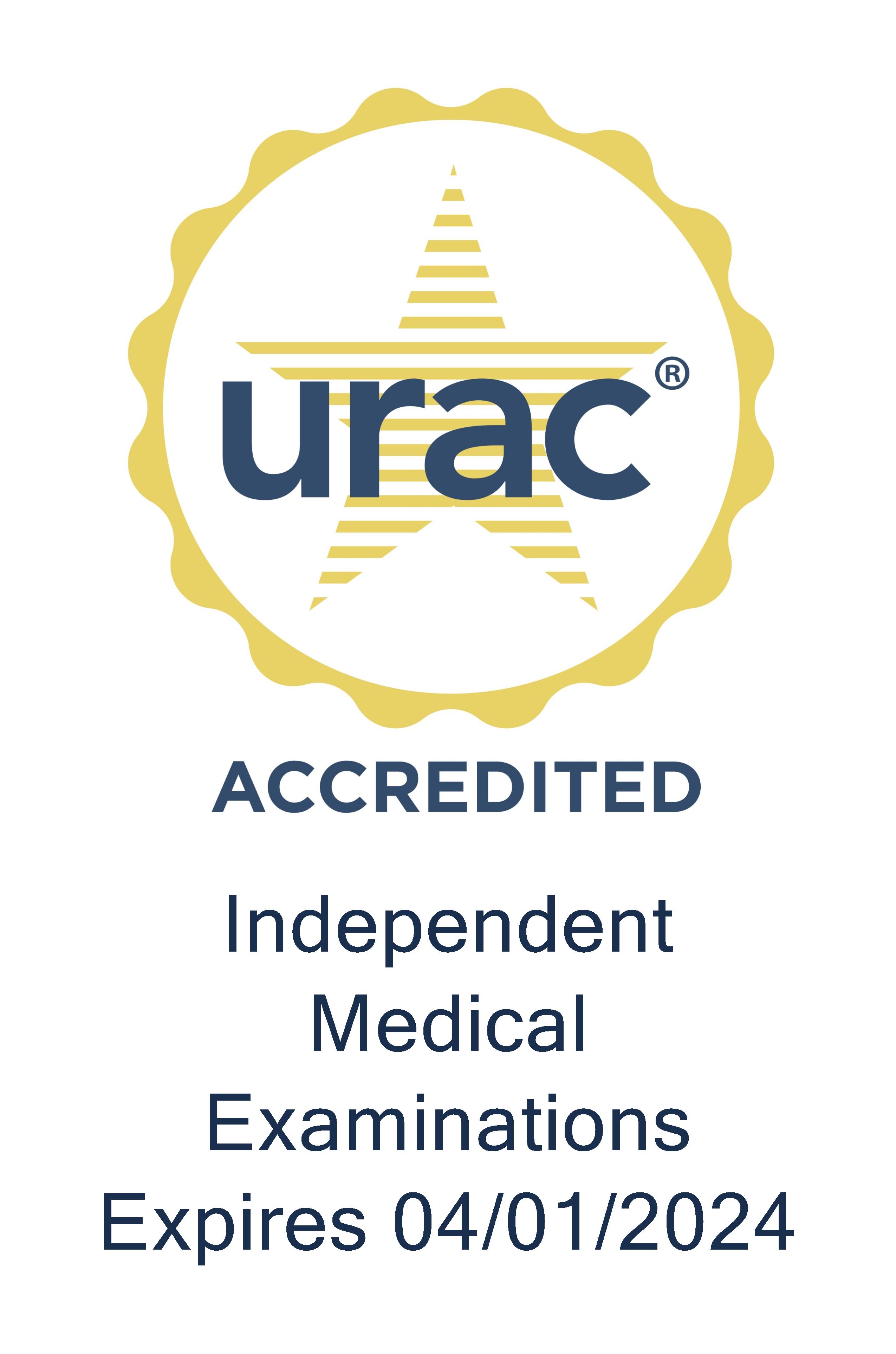How an injured worker gave me a new perspective on workers’ comp
For much of my 20-plus years in the workers’ compensation industry, I’ve been sitting behind a desk. Like many of you, my days are filled with usual tasks – answering emails, sitting on conference calls, meeting other people’s deadlines. My knowledge of our complicated work comp system has been gained as the result of proofreading whitepapers and product brochures, cleaning up PowerPoint presentations, creating visuals that try to make sense out of too many words. Often, I ask myself, “Why? What is the point of all this?” The answer came to me in the form of a remarkable man named Jeremy Romero.
I met Jeremy while manning the Genex booth at the National Workers’ Comp and Disability Conference. He wasn’t the typical attendee. He “strode” up in a contraption that looked like a robotic suit. He introduced himself and immediately began telling us about the suit, an exoskeleton that allowed him to ambulate. Jeremy explained he was a police officer who was paralyzed in the line of duty, having crashed his vehicle while pursuing a suspect. Though he had no feeling from the waist down, he could stand and “walk” using the exoskeleton a Genex case manager helped him obtain. In fact, he attributed most of his post-injury recovery to the advocacy of Genex’s case management team and the gratitude he expressed was overwhelming. I stood there in awe listening to his story, and realized for the first time I was hearing a firsthand account of how much our work matters.
Jeremy agreed to tell his story on camera, so a few months later, Tom Kerr and I traveled to New Mexico to help with the production. We spent a day and a half with Jeremy, which gave me a new perspective on life for those who survive a devastating injury like his. The number of obstacles that injured workers, and their families, need to navigate in the workers’ comp system is mind-boggling. Details I had read about in case studies over the years but never appreciated became very real. One example: In the video, Jeremy says the case manager found an accessible home for him. Seems simple, right? It wasn’t. The Romeros had to upend their lives to be in that new home because their former one wasn’t suitable for someone in a wheelchair. Their new house was on the other side of the city, which meant his son had to change schools, and the extended family they relied on was now 45 minutes away. While Jeremy was healing from surgeries and learning how to manage life in a wheelchair, his wife and young son had to pack up their former lives to start a new one. Moving is a stressful experience for anyone. Can you imagine having to go through that at the same time as dealing with catastrophic injury? Until I spent the day with Jeremy, I had no idea of what “finding a new home” meant to someone in his situation.
Many of us in the industry sit at our desks, in our siloed bubbles, with little opportunity to meet the people whose lives are profoundly affected by the services we deliver. Because of that, we lose perspective as to how important this work can be. An experienced case manager with resources from which to draw upon can make a huge difference in someone’s life, at a time when they are at their most vulnerable. Jeremy’s life could have turned out very differently if it wasn’t for the heroic work of his case manager. And though I may not have direct contact with the injured workers, I’m honored to work for a company who employs these amazing, caring professionals.
We made this video to give everyone the chance to hear Jeremy’s story in his own words and to showcase the incredible difference that excellence in case management can make in a person’s life. Not only in getting that person back to work, but giving them a chance to grow and give back even beyond their previous circumstances. And I hope on those days when you ask yourself — “Why? What is the point of all this?” — that you think back to Jeremy Romero’s story and remember that what you’re doing really does matter.





